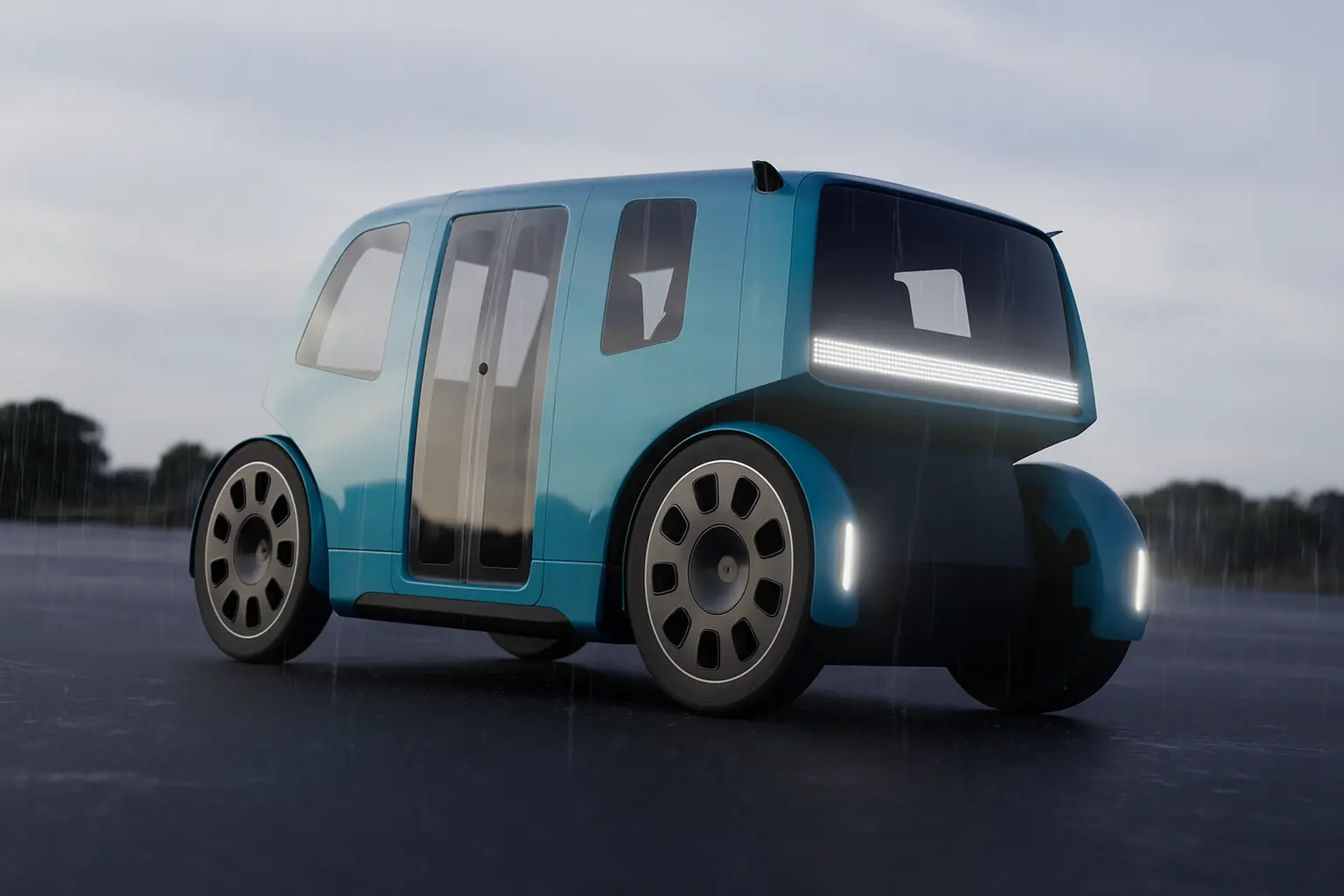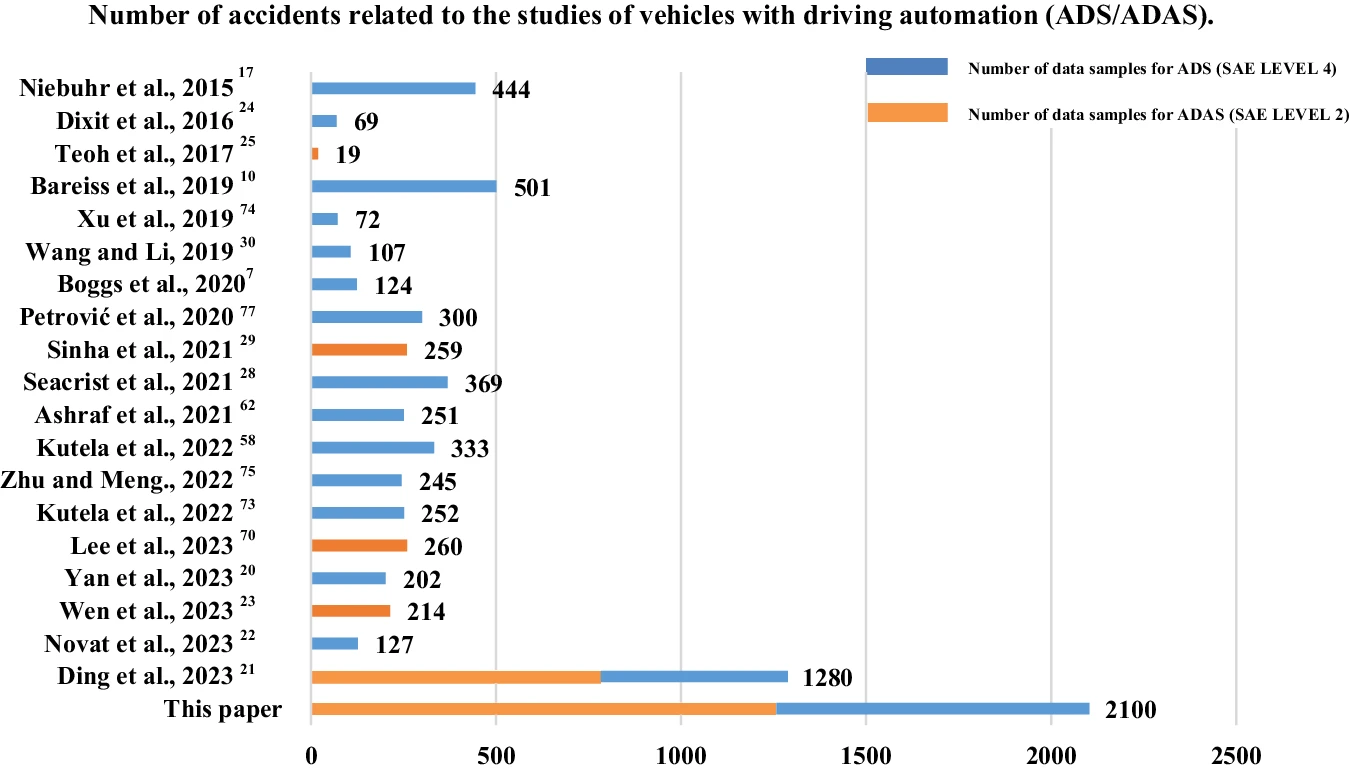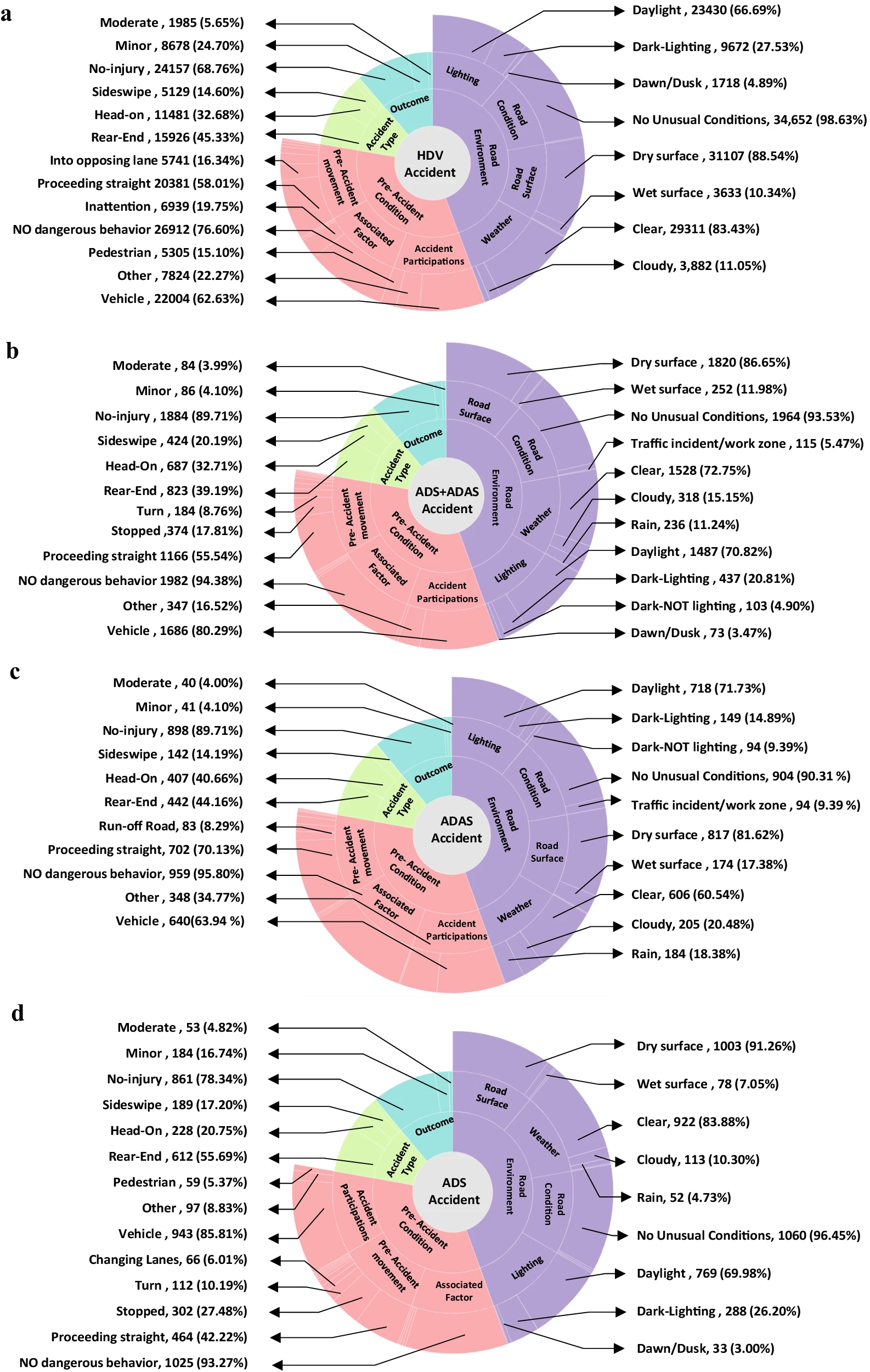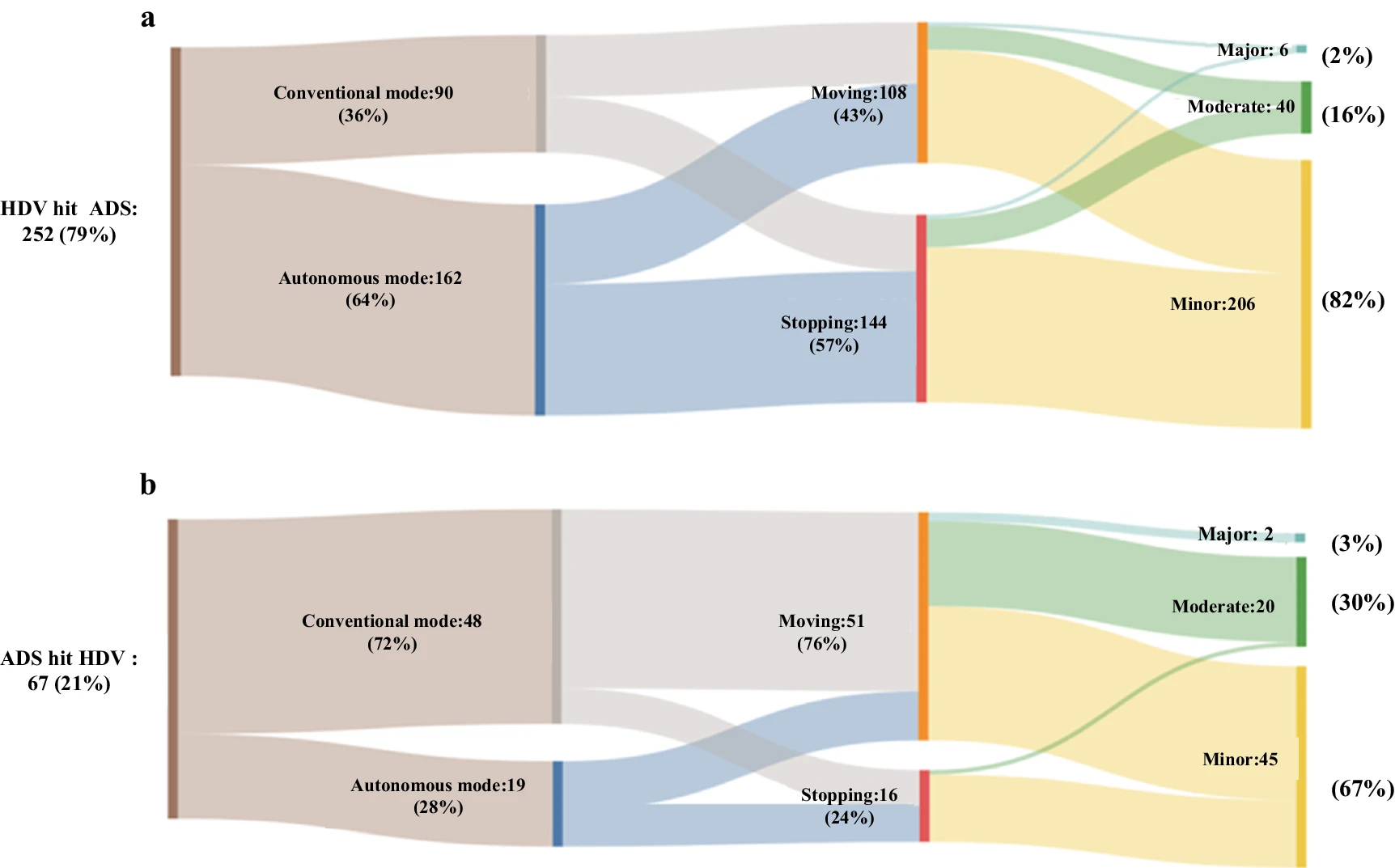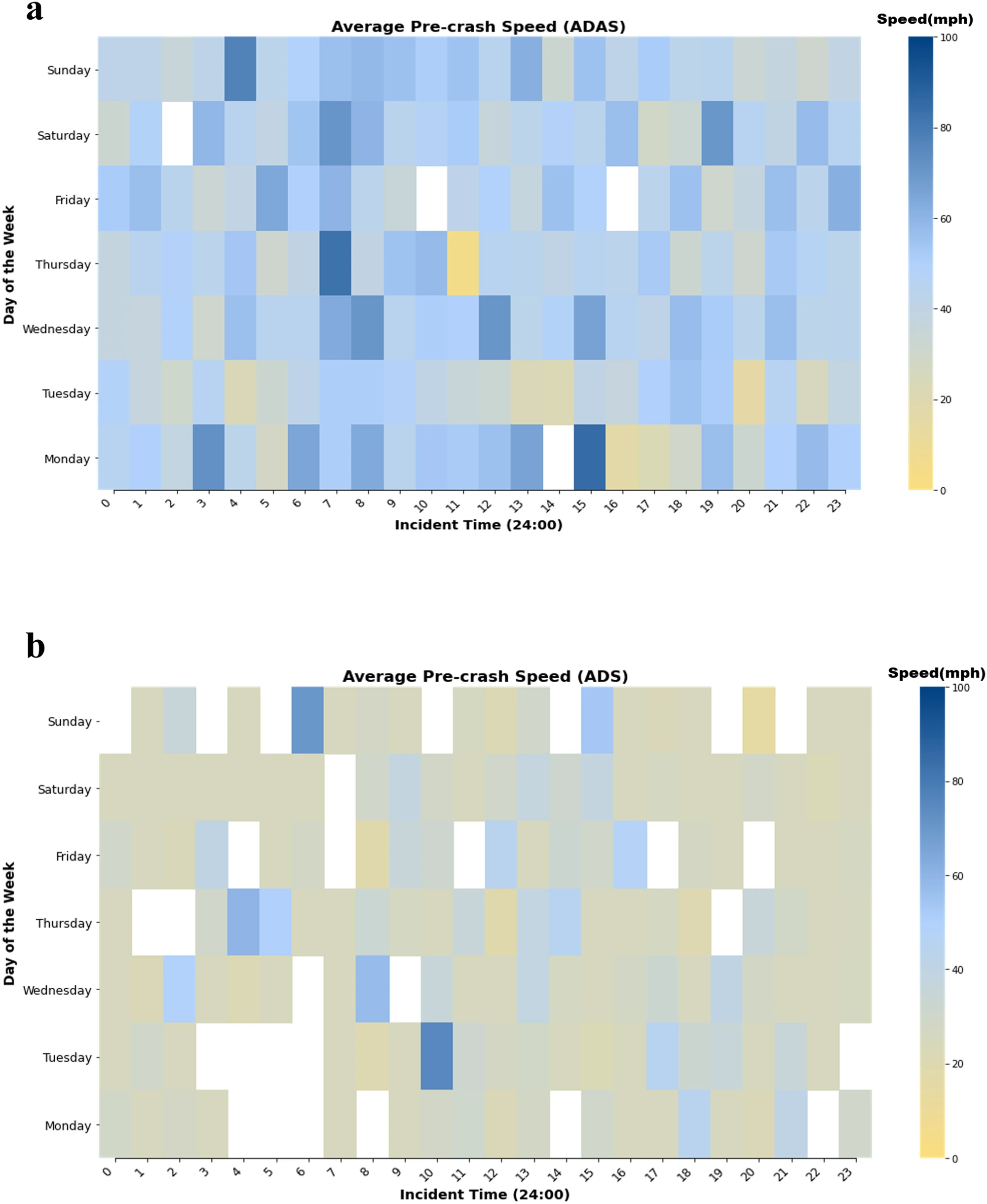Navigating the Storm: How Robotaxis Can Conquer Low-Grip Conditions
The promise of autonomous vehicles, particularly robotaxis, has long captivated the automotive world. Imagine a future where urban mobility is seamless, efficient, and driver-free, available at the tap of an app. This vision is rapidly moving from concept to reality, with major players intensifying their global deployment efforts. However, a significant hurdle remains: the unpredictable and often treacherous nature of **robotaxi low grip weather** conditions. While impressive on clear, dry roads, current autonomous systems often falter when faced with rain, snow, or ice, raising critical questions about their safety and efficacy in such challenging environments.
The Robotaxi Revolution: A Global Race Towards Autonomy
The global robotaxi industry is currently in a pivotal phase, transitioning from limited pilot programs to full-scale commercialization. This shift is particularly evident in 2025, which is shaping up to be a key year for execution. Competition is fierce, with both U.S. and Chinese giants vying for market dominance.
U.S. companies like Waymo and Tesla typically adopt a technology-first, risk-averse strategy. Their approach prioritizes technical maturity and extensive safety validation, leading to a deliberately cautious pace of commercialization. As of 2025, Waymo operates in only four cities, and despite accumulating significant mileage, its commercialization progress has been slow. Tesla, for its part, has quietly initiated robotaxi testing in Austin with a pilot fleet and is preparing for an invitation-only rollout in San Francisco, with plans to expand to states like Nevada, Arizona, and Florida, pending regulatory approvals. This is according to industry analysis and news reports. Safety and compliance remain paramount, with regulatory agencies demanding thorough evaluations before granting wider approval.
In contrast, Chinese robotaxi firms are embracing a more aggressive, full-deployment mode. Companies like WeRide, Baidu’s Apollo Go, and Pony.ai are executing bold global expansion strategies, establishing a “three-front strategy” across the Middle East, Europe, and Southeast Asia. WeRide, for instance, launched the Middle East’s first fully autonomous Robotaxi fleet in Abu Dhabi and expanded into Dubai, even signing an MoU with Dubai’s Roads and Transport Authority (RTA) and Uber. This rapid expansion is underpinned by what analysts describe as globally competitive and mature technical solutions, coupled with strong cost advantages and deep operational experience in complex urban conditions. The industry is clearly moving towards a multipolar landscape, with 2025–2026 expected to be a crucial window for commercial scale-up.

The Achilles’ Heel: Robotaxi Low-Grip Conditions
Despite the rapid advancements, a critical vulnerability of autonomous vehicles, especially robotaxis, emerges when confronted with adverse weather. Rain, snow, and ice pose significant challenges that can render their sophisticated systems ineffective or, in some cases, even dangerous. More than 22% of crashes are weather-related, and severe weather amplifies the danger for autonomous vehicles. This is particularly true for **robotaxi low grip weather** scenarios.
Sensor Performance in Adverse Weather
The primary issue lies in how these conditions compromise sensor performance. Autonomous vehicles heavily rely on a suite of sensors, including cameras, LiDAR, and radar, to perceive their environment. This critical reliance is for their decision-making processes and understanding the environment. However, rain can obscure camera vision, scatter LiDAR beams, and cause radar signals to falter. A single raindrop on a camera lens can blur the field of view. Heavy rain can reduce image intensity and blur object edges, leading to a reported 20% to 65% decrease in object detection quality. Fog, though less frequent, can severely shrink vision. While radar is less susceptible, heavy snowfall can still decrease its effective range by up to 25%. These interferences directly impact the perception capabilities of autonomous driving systems, making it challenging for them to accurately identify lane markings, road signs, and other critical elements.
Real-World Limitations and Observations
Real-world observations underscore these limitations. Waymo vehicles, for example, have been documented pulling over during heavy rain, with reports indicating that thick rain can affect LiDAR performance. While some Waymo users report successful rides in heavy rain, suggesting continuous improvements, the general consensus is that snow, rain, and fog remain difficult for sensors to navigate. Companies like Mobileye also acknowledge that weather conditions such as fog, heavy rain, and heavy snow can adversely affect their system’s recognition and response capabilities. The challenge is not merely about reduced visibility; it’s about the fundamental degradation of the vehicle’s ability to “see” and interpret its surroundings, a problem that human drivers often compensate for intuitively.

Beyond Perception: Robotaxi Control in Low-Grip Weather
Beyond the perception issues, maintaining vehicle control in low-grip conditions presents an even greater challenge. ADAS and autonomous setups can become unreliable or even dangerous in these scenarios. A prime example is aquaplaning, a phenomenon where a vehicle loses contact with the road surface due to a layer of water, leading to a complete loss of braking and steering control. This is difficult to predict using only visual or radar data, as the vehicle’s sensors may still “see” the road, but not “feel” the lack of grip underneath the tires.
The inability of autonomous systems to truly understand the friction level between tires and the road surface is a significant barrier to widespread adoption in all **robotaxi low grip weather** conditions. While cruise ships, for instance, employ sophisticated stabilization systems, advanced weather forecasting, and ballast tanks to navigate rough seas, autonomous vehicles on land require a different kind of “haptic sense” to adapt to rapidly changing road conditions. This proactive understanding of grip is essential for informed decisions, adjust their behavior, and ensure safety when the environment is far from perfect, as highlighted by weather-related challenges for self-driving cars.
A Paradigm Shift: Easyrain’s Ecosystem for Robotaxi Low-Grip Conditions Safety
Addressing these critical challenges requires innovative solutions that move beyond the limitations of current sensor technology. Easyrain, an automotive safety solutions company, is at the forefront of developing an ecosystem designed to give vehicles a “haptic sense” – the ability to feel the road and act preemptively, even when visibility is poor. Their approach combines virtual sensors with active safety systems and cloud connectivity to create a comprehensive solution for low-grip safety.
DAI – Digital Advanced Information: The Predictive Haptic Sense
Easyrain’s core innovation lies in its DAI platform, a software-based system of virtual sensors that provides comprehensive road and vehicle sensing capabilities without the need for additional physical hardware. This eliminates the costs and complexities associated with traditional sensors, offering OEMs a streamlined path to enhanced safety.
DAI’s virtual sensors leverage data from existing in-vehicle components (e.g., ABS, accelerometers) to detect various hazards in real-time, providing critical insights into road conditions. This includes:
- Virtual Sensor Aquaplaning: Precisely identifies both partial and full aquaplaning events using a sophisticated three-level danger scheme, providing real-time alerts for either or both sides of the vehicle. This is a key part of Easyrain’s approach to low-grip safety and is detailed on the DAI Aquaplaning page. Its performance is consistent regardless of tire brand, pressure, or wear levels, and it operates autonomously without constant cloud connectivity.
- Virtual Sensor Ground: Provides real-time information on the vehicle’s grip level, as part of DAI’s sensing capabilities.
- Virtual Sensor Snow & Ice: Detects the presence of snow or ice on the road in real time, providing critical information for safe navigation in winter conditions. This is another vital component of Easyrain’s low-grip solutions, further explained on the DAI Snow & Ice page. This system can optimize Electronic Stability Control (ESC) logics and Adaptive Cruise Control (ACC) for snow and ice, and even facilitate V2X communication for road maintenance.
- Virtual Sensor iTPMS (intelligent Tire Pressure Monitoring System): Eliminates the need for physical sensors by analyzing dynamic variations in vehicle behavior to accurately identify pressure drops, enhancing safety and efficiency. This is part of DAI’s virtual sensors, with more details on the iTPMS virtual sensor page.
- Virtual Sensor Tire Wear: Continuously monitors tire wear with high precision (up to 0.8 mm), preventing blowouts or skidding, as part of Easyrain’s comprehensive safety solutions and DAI’s advanced sensing.
- Virtual Sensor Wheel Misalignment: Detects any misalignment of the wheels, contributing to overall vehicle safety through DAI’s virtual sensors, with more details on the Wheel Misalignment virtual sensor page.
These virtual sensors provide predictive information to anticipate and prevent dangerous situations, which is crucial for autonomous navigation. DAI empowers OEMs to tailor ADAS and autonomous driving responses based on precise, real-time risk assessments, significantly enhancing ADAS performance and accuracy, particularly in challenging low-grip conditions. The platform is also remotely updatable via OTA updates, ensuring systems are always operating with the latest advancements.
AIS – Aquaplaning Intelligent Solution: The Active Solution Against Aquaplaning
Complementing the predictive capabilities of DAI is Easyrain’s AIS (Aquaplaning Intelligent Solution), the world’s first anti-aquaplaning system designed for both human-operated and autonomous vehicles. Unlike reactive systems, AIS is an active safety system that directly alters road conditions to prevent aquaplaning.
When the DAI Aquaplaning sensor detects a risk, it directly activates AIS. AIS then sprays high-pressure water jets from accumulators located ahead of the front tires. These jets break the water layer on the road, effectively removing excess water and restoring traction between the tire and the road surface, as detailed on the AIS product page. This proactive intervention yields remarkable safety improvements:
- A measured 225% increase in lateral grip, boosting lateral acceleration from 2.0 m/s² to 4.5 m/s² at 80 km/h.
- A 20% reduction in braking distance at motorway speeds on aquaplaning surfaces. For instance, at 120 km/h on 7 mm of water, the stopping distance decreased from 84 to 68 meters.
AIS enhances safety by maintaining contact between the tire and the road surface, ensuring optimal grip and enhancing stability and control. Its performance is independent of tire brand, model, or wear level, offering flexibility for vehicle manufacturers. This modular system works in synergy with existing ADAS, providing an additional layer of safety in critical aquaplaning scenarios.
Easyrain Cloud (ERC): Connected Mobility for Smarter Roads
The Easyrain ecosystem is further enhanced by the Easyrain Cloud (ERC), a platform that leverages unique data from Easyrain’s virtual sensors to provide unprecedented insights for enhancing automotive safety, improving proactive infrastructure management, and optimizing fleet operations.
ERC enables:
- Real-time Aquaplaning Detection and Hazard Mapping: It uses data from equipped vehicles to create real-time hazard maps, identifying exact locations of low-grip risks such as black ice, snow, and potholes. This allows for immediate alerts to other vehicles and infrastructure management systems.
- Predictive Risk Prevention: By analyzing data patterns, ERC can predict potentially dangerous environments and identify “noisy bands” that might impair sensor accuracy for ADAS and autonomous driving, enabling proactive risk mitigation.
- Enhanced Fleet Management: The platform facilitates the efficient transmission of rich road condition data, allowing fleet operators to gain real-time insights, optimize routes to avoid low-grip areas, and improve vehicle efficiency.
- Seamless Integration for Smart Infrastructure and V2X Communication: ERC provides a robust framework for sharing data between connected vehicles and smart infrastructure, building responsive transportation ecosystems that adapt to changing road conditions.
- This also contributes to infrastructure maintenance, allowing authorities to address potential hazards before accidents occur.
The Easyrain Cloud transforms individual vehicle safety into a collective, data-driven approach to road safety, paving the way for smarter and more resilient mobility.
The Road Ahead: Conquering Robotaxi Low-Grip Conditions Challenges
The journey towards fully autonomous vehicles, particularly robotaxis, operating reliably in all conditions is complex. While significant strides have been made in controlled environments, the unpredictable nature of adverse weather remains a formidable challenge. Current systems, heavily reliant on visual and radar perception, struggle to interpret and react effectively to low-grip conditions, leading to safety concerns and limiting widespread deployment.
Easyrain’s comprehensive ecosystem, with its DAI virtual sensors providing a predictive “haptic sense” and the AIS actively mitigating aquaplaning, offers a compelling solution. By enabling vehicles to truly “feel” the road and proactively respond to hazardous conditions, Easyrain’s technology bridges a critical gap in autonomous driving capabilities. This integration of predictive software and active physical intervention, combined with cloud-based data sharing, promises to enhance safety, reliability, and ultimately, accelerate the widespread adoption of robotaxis, making the vision of all-weather autonomous mobility, even in **robotaxi low grip weather**, a tangible reality.

